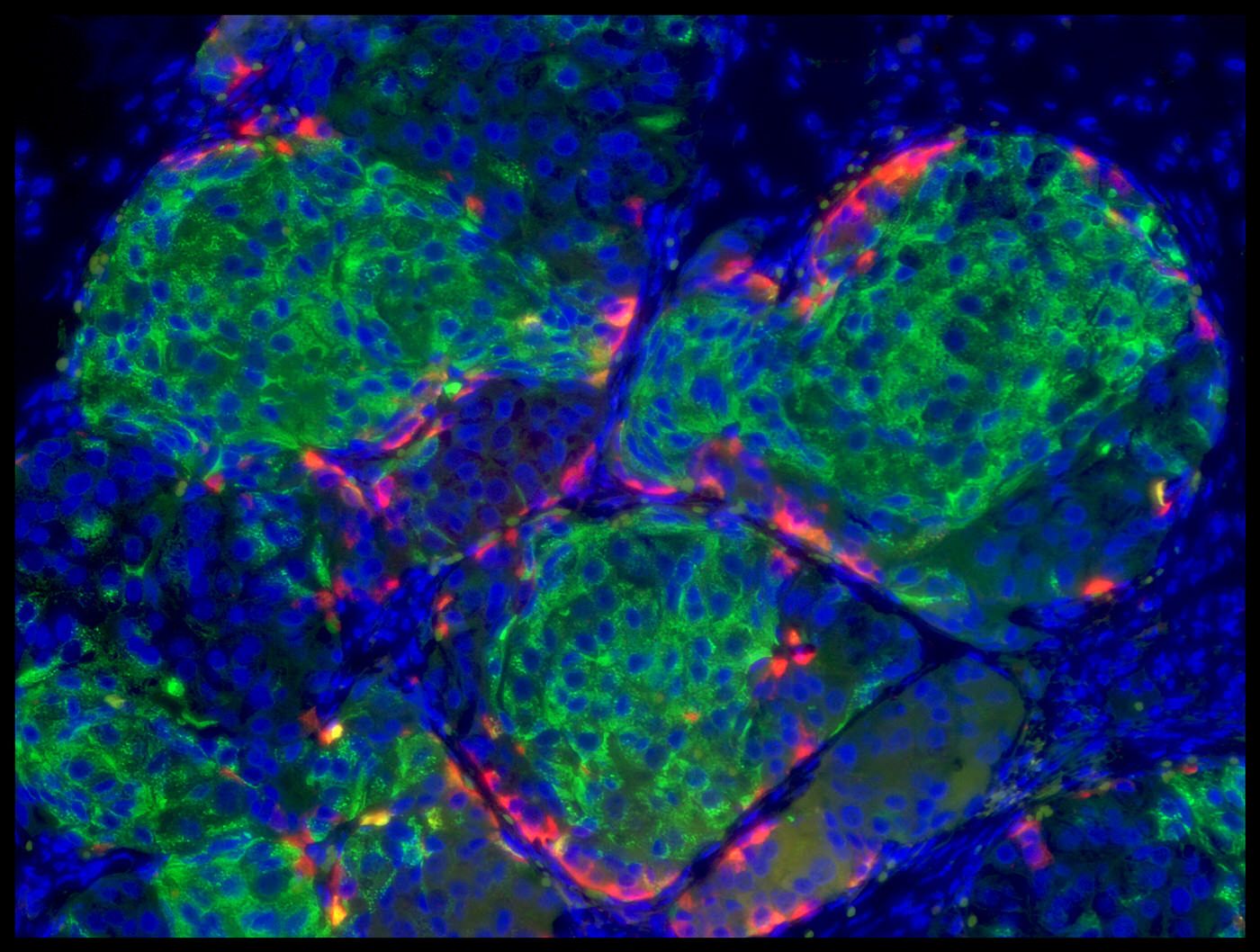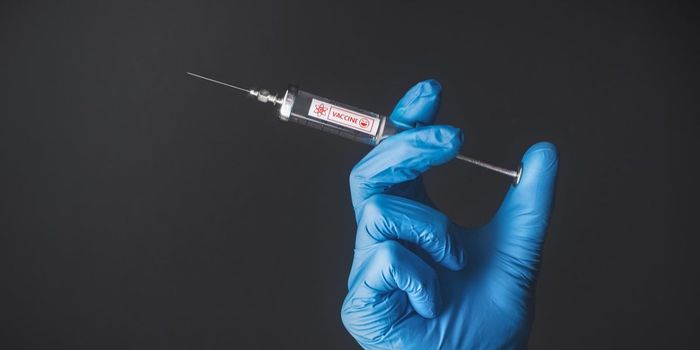Protecting Beta Cells to Treat Type 1 Diabetes
A new way to treat - and maybe prevent - type 1 diabetes revolves around protecting beta cells, the cells produced by the pancreas to make insulin. Jackson Laboratory researchers conducted a new study published in the Journal of Immunology focused on finding the best way to provide this protection.
The pancreas produces beta cells to make insulin, which in turn transports glucose to bring energy to cells all over the body. Beta cells are the primary target of autoreactive T cells activated by B cells during the development of type 1 diabetes (T1D), which is why people with this condition have to receive insulin injections.
When beta cells damaged by autoreactive T cells can’t produce insulin to carry glucose like normal, glucose builds up in the blood, nerves, and blood vessels, and organs damage characteristic of T1D results. For their anti-T1D approach, Jackson Laboratory researchers are going straight to the source: B cells.
“If you can target those antigen-presenting B-cells, that could be potentially a very effective disease intervention," said lead author David Serreze, PhD. "Our approach targets an appropriate population of the B cells among the white blood cells, resulting in inactivation of the cascade of autoimmunity against the insulin-producing pancreatic beta cells, and hence subsequently blocking diabetes development."
While targeting the B cells that ultimately activate autoreactive T cells would protect insulin-producing beta cells, there are other B cells that provide healthy actions that scientists wouldn’t want squandered. An ideal approach would be to block the B cells that activate autoreactive T cells without destroying the healthy B cells that activate healthy T cell responses to invading pathogens.
Serreze’s study applied a gene manipulation approach to find the right target for the right B cells. They used non-obese diabetic mice treated with a B cell pathway inhibitor called AID/RAD51. The mice treated with this inhibitor had larger populations of B cells that suppressed autoreactive T cell responses instead of activating them, a result that also greatly reduced T1D development compared to mice who only received a placebo.
"To combat T1D, we're taking out this whole pathway to block autoreactive cells. But on the flip side, you may want to keep this pathway active if you want to keep antitumor immune responses in place,” Serreze explained. “Ultimately, this approach could potentially be applicable to any autoimmune disease that has a B-cell component."
Source: Jackson Laboratory









